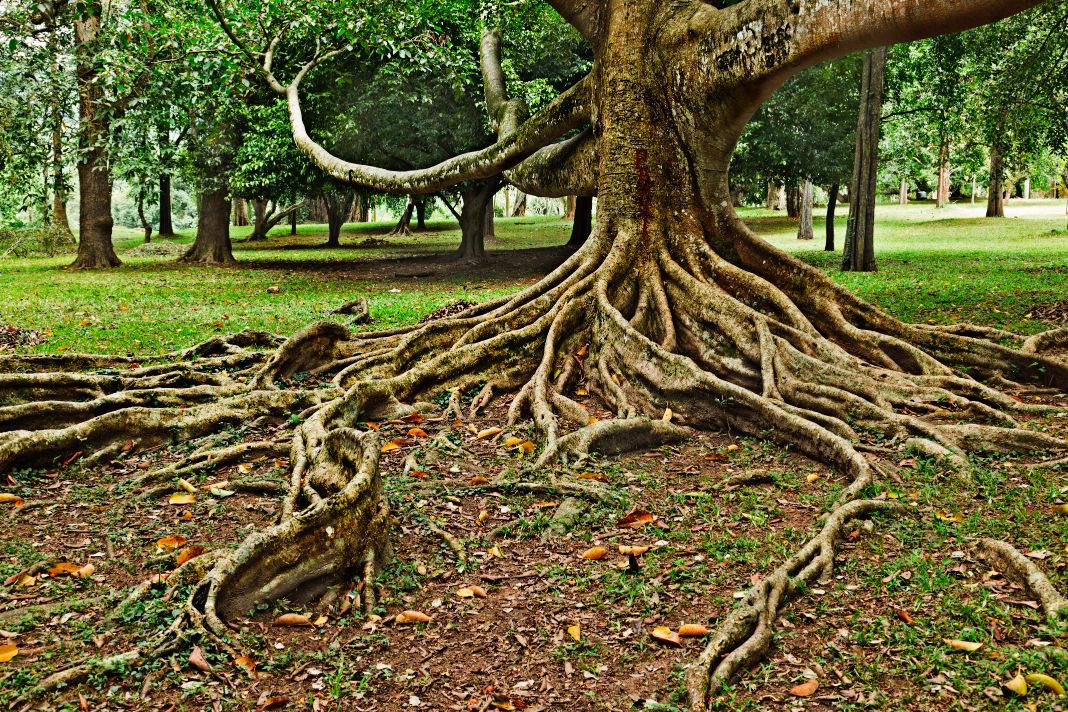Tree Root Issues

One of the significant reasons for tree disappointment is root harm. At the point when a tree's root framework has been widely harmed, the entire tree can tumble to the ground – or onto your home.
"Most property holders will take a gander at a tree's limbs, or shade, and decide whether the trees look solid or on the other hand in case there is a noticeable issue. Numerous issues in tree show themselves in the shelter – leaf staining, untimely leaf shedding or even branch demise," notes Tchukki Andersen, BCMA, CTSP* and staff arborist with the Tree Care Industry Association. "Be that as it may, a lot of data on tree wellbeing and primary uprightness lies concealed, subterranean."
Trees might fall over when their underlying foundations can at this point don't moor their weight. In the metropolitan and rural scene, roots can be lost or harmed by development exercises like removal, digging, adding fill, clearing or extra anxieties like parasitic rot, dry season or flooding.
"A portion of the pointers of root issues can be identified by property holders, while others must be analyzed by an expert arborist utilizing particular assessment techniques," says Andersen.
Signs and side effects that could show root issues remember decay for the tree shelter, generally beginning at the top however periodically influencing one side or significant branches all through the overhang. A tree with an expanding lean, particularly with soil hurling around its base, is one more sure indication of root issues. Indications of root issues incorporate dead roots, broken roots and presence of contagious fruiting bodies (mushrooms) at the foundation of the tree or transmitting out from the base.
Roots support the live branches and leaves over the ground. At the point when the association among roots and the over the ground some portion of the tree is upset, leaf cover will thin and branches will start to pass on as the tree's energy holds lessen.
In transit down … reasons for root harm
At times root harm is apparently clear when utility channels, repaving, reviewing or soil compaction happens in the tree's root zone. Be that as it may, all the more frequently it tends to be hard to evaluate harm to the root framework. To decide what the root harm may mean for the soundness of the tree, an expert arborist can assess the amount of the establishing region was influenced inside the basic root zone (CRZ). The CRZ is a roundabout region around the stem of the tree, generally more modest than the space characterized by the external scopes of the tree's limbs, known as the dribble line. In the event that any of the principle roots inside the CRZ are harmed or missing, the danger of tree disappointment is significantly expanded.
Consider the tree both a construction and a living being. As a guideline, up to 40 percent of the root framework can be harmed – messing up the living being – before the tree's construction is genuinely hindered. Alternately, the tree can be naturally sound while the primary roots it relies on for help are decayed.
For further information and a free estimate, visit Elgin Tree Removal
